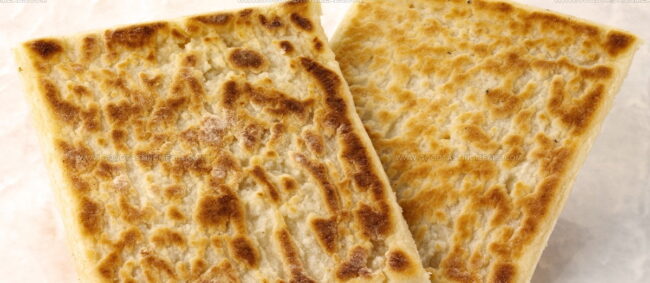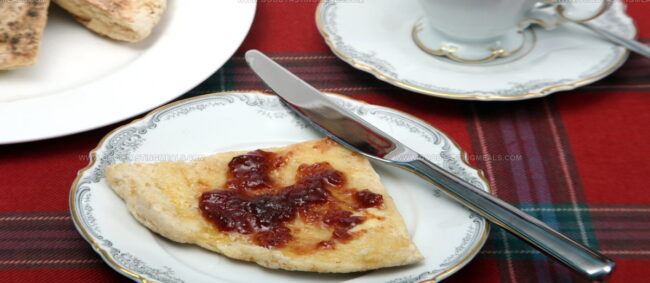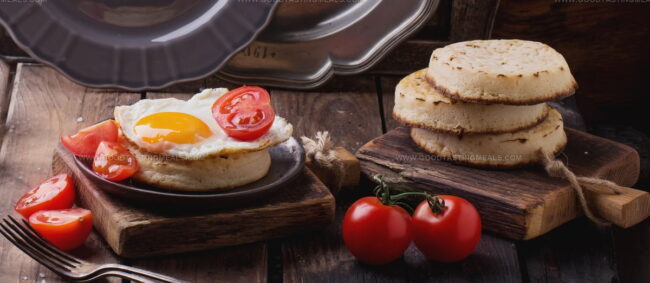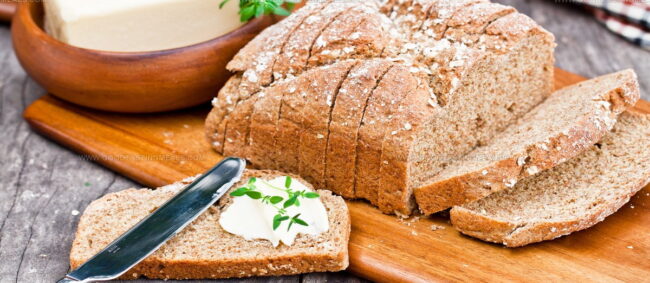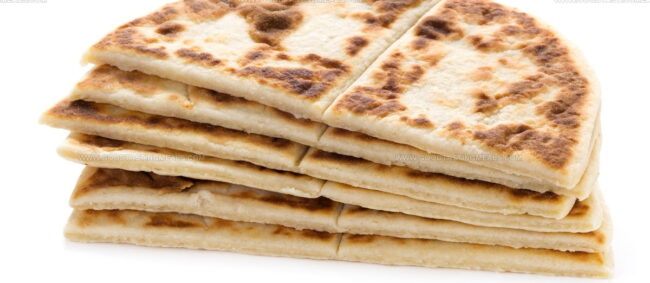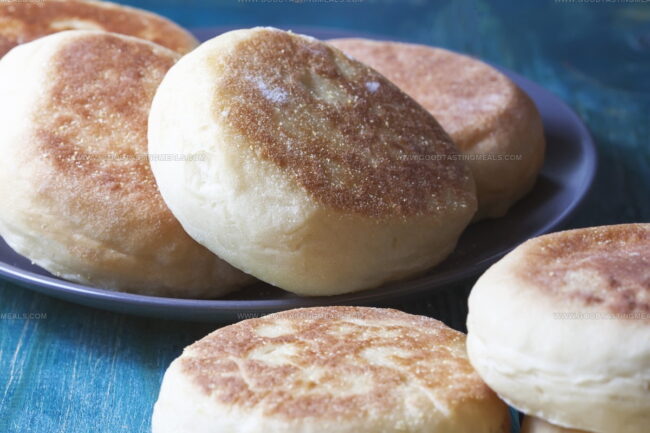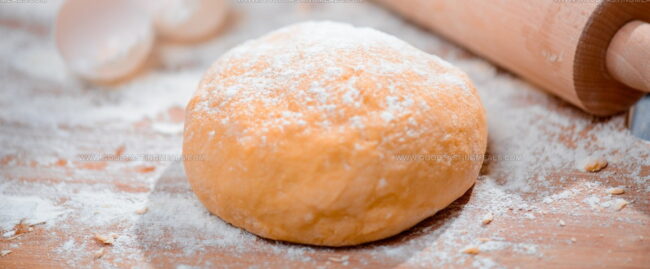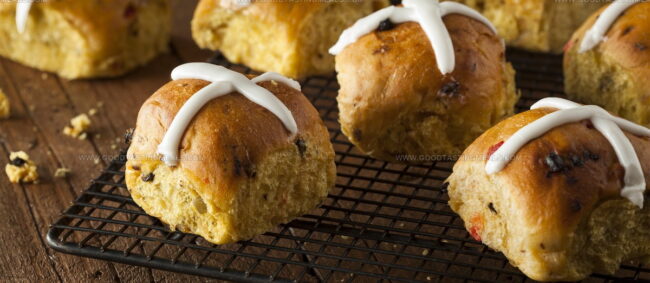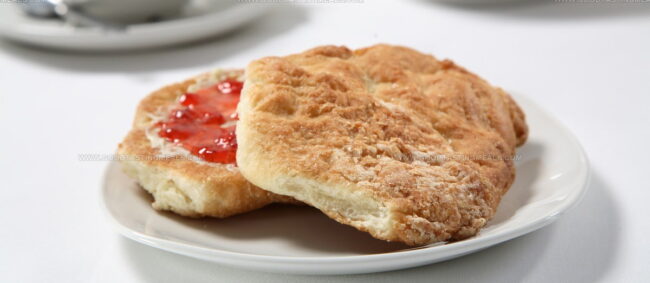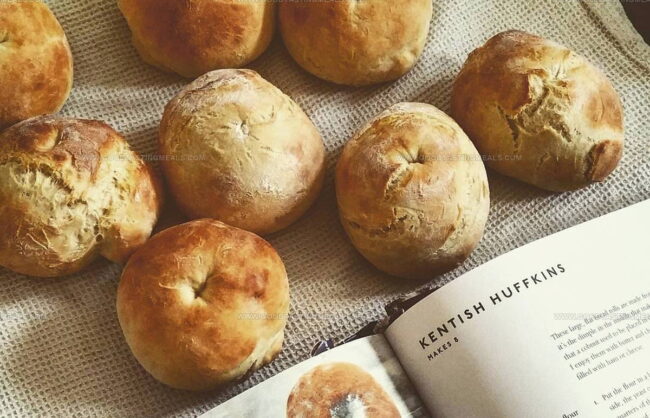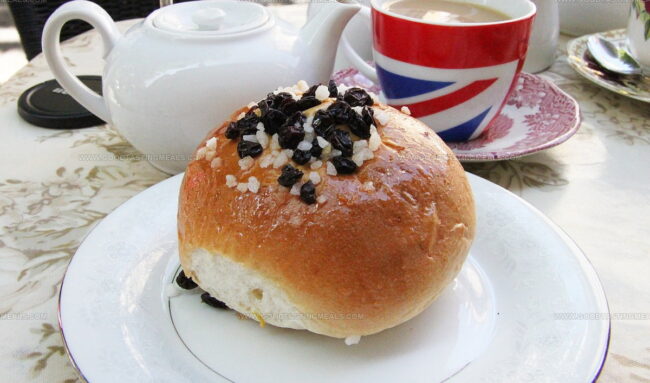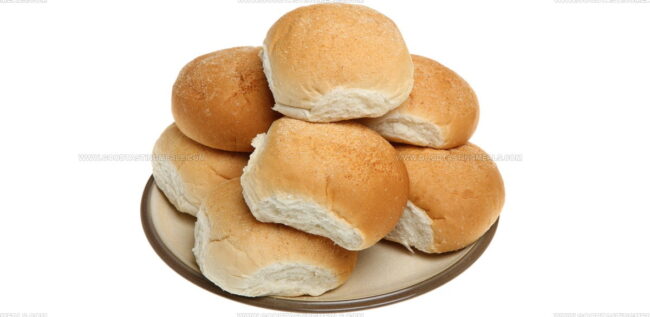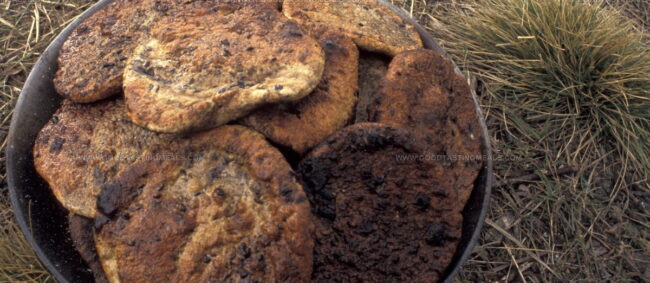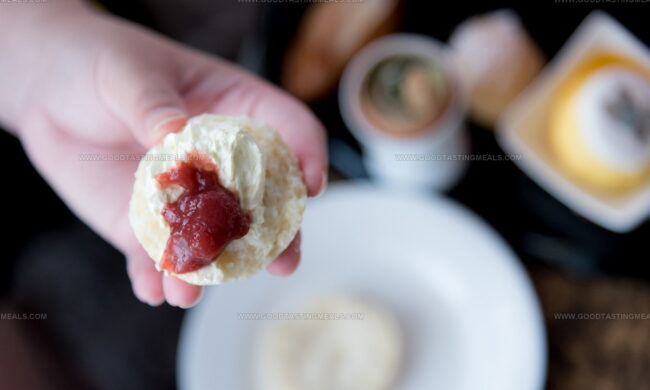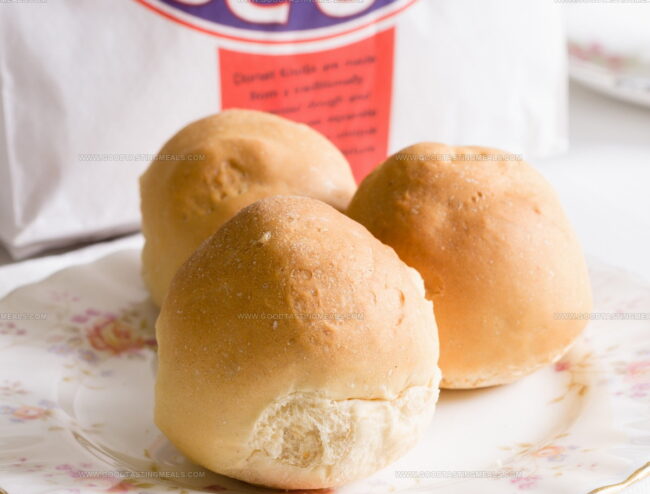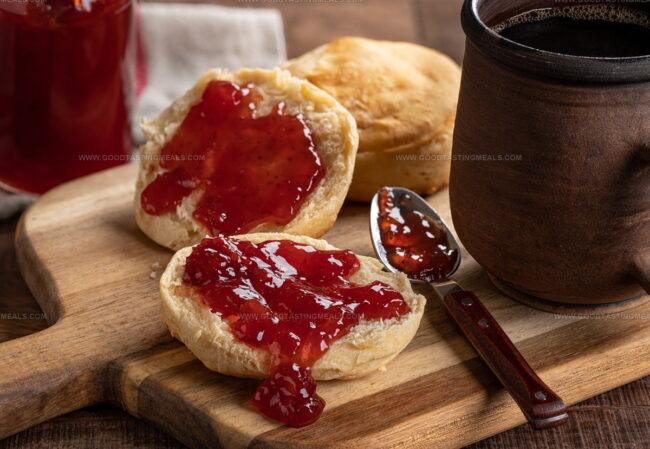20 Delightful Traditional British Breads You Must Taste
British breads represent a rich culinary heritage deeply rooted in regional traditions and cultural practices.
Each loaf tells a story of local ingredients, family recipes, and generations of baking expertise.
Generations of bakers have perfected techniques passed down through centuries, creating distinctive textures and flavors unique to different areas.
Regional variations showcase incredible diversity, reflecting local agricultural practices and community preferences.
Some breads emerged from practical necessity, while others celebrated special occasions or marked seasonal changes.
Wheat, rye, and other grains transformed simple ingredients into remarkable creations that nourished communities.
Bread-making techniques evolved with technological advancements, preserving traditional methods while embracing modern innovations.
You can appreciate the artistry and cultural significance behind these 20 traditional British breads:
Traditional British Breads for a Taste of Home
Britain’s baking heritage means fluffy white loaves, rich fruit breads, and crusty cottage rounds. Slice, toast, and slather with butter for a true taste of home.
Potato Bread Farl
Potato bread farl are traditional Irish flatbreads crafted from mashed potatoes, flour, butter, and salt, representing a clever solution for repurposing leftover mashed potatoes.
Originating in the early 20th century, these triangular griddle breads became a cornerstone of Ulster Fry breakfast.
Bakers roll and cut the dough into distinctive triangular shapes before cooking on a hot griddle until golden brown.
Crispy on the outside and soft inside, farls offer a rustic texture that complements hearty breakfast plates.
Irish families traditionally serve them alongside eggs, bacon, and sausages.
Farmers and rural communities first developed these simple breads as an economical way to use potato scraps.
Versatile and filling, potato bread farls can be enjoyed with butter, jam, or as a savory side dish.
Soda Bread Farl
Soda bread farls are traditional Irish griddle breads integral to the Ulster Fry breakfast, crafted without yeast from simple ingredients like flour, salt, baking soda, and buttermilk.
Historically prepared as quick sustenance for unexpected guests, these round breads are divided into four triangular pieces after rolling out the dough.
Irish families traditionally serve farls with butter, homemade jam, or savory toppings like bacon, smoked salmon, and fried eel.
Buttermilk creates a tender, slightly tangy texture that distinguishes these breads from other quick breads.
Salt enhances the bread's natural flavor while baking soda provides leavening without yeast.
Griddle cooking gives farls a distinctive crisp exterior and soft interior.
Breakfast tables across Ireland frequently feature these rustic breads as a comforting morning staple.
Crumpet
Crumpets are iconic British griddle cakes with distinctive honeycomb-like holes that perfectly capture melted butter and jam.
English bakers developed these unique round breads during the Victorian era by adding yeast and baking powder to create a spongy, soft texture.
Traditional ingredients include flour, milk, water, yeast, salt, and occasionally sugar or additional leavening agents.
Crumpet rings help shape the circular bread while cooking on a hot griddle, ensuring uniform thickness and distinctive surface bubbles.
British tea culture embraces these small breads as a beloved afternoon snack, often served warm with butter, honey, or preserves.
Home bakers and professional kitchens across the United Kingdom continue making these popular treats using time-honored techniques.
Victorian innovations transformed simple pancake-like breads into the modern, airy crumpet we enjoy today.
Wheaten Bread
Wheaten bread dominates Northern Irish bakeries as a hearty brown soda bread crafted without yeast from wholewheat and plain flour.
Bakers mix salt, soda bicarbonate, butter, sugar, and buttermilk to create its signature dense texture and rich flavor.
Historians trace its origins to 1840 when soda bicarbonate arrived in Ireland, revolutionizing bread production.
Rolled oats sprinkled across its top add rustic visual appeal and extra crunch.
Smoked salmon pairs exceptionally well with its robust profile.
Buttermilk provides tangy undertones that distinguish wheaten bread from other regional breads.
Families across Northern Ireland consider this bread a staple of their traditional cuisine.
Potato Scone
Potato scones are crispy, flat bread-like discs crafted from mashed potatoes, butter, and flour that form a traditional cornerstone of Scottish breakfast cuisine.
Scottish families treasure these versatile tattie scones as a hearty morning staple typically served alongside fried eggs, bacon, and black pudding.
Griddle-cooked with a golden-brown exterior, potato scones offer a soft, comforting interior that absorbs flavors beautifully.
Butter and flour bind the mashed potatoes into a smooth, pliable dough easily shaped into round, thin discs.
Scots enjoy these scones with jam and tea as an alternative breakfast option.
Their simple ingredients and straightforward preparation make potato scones a beloved national dish.
Each bite connects you to Scotland's rich culinary heritage.
English Muffin
English muffins are small, round breads with distinctive nooks and crannies that create perfect spaces for holding butter and jam.
Originating in England during the 10th century, these yeasted dough rounds are traditionally cooked on a griddle until golden brown.
Bakers carefully prepare the dough and shape it using special rings to achieve their signature flat, circular form.
Breakfast tables often feature these muffins as a key component of eggs Benedict or topped with various sweet and savory ingredients.
These versatile breads can be toasted, buttered, and served warm with multiple toppings.
Commercial production began in the late 1800s when Samuel Bath Thomas introduced them to the United States.
English muffins remain a popular breakfast staple across North America and the United Kingdom.
Bap
Bap is a soft Scottish bread roll beloved across the United Kingdom for its versatile nature and comforting texture.
Scottish bakeries craft these rolls using flour, milk, sugar, salt, yeast, and butter or vegetable oil, creating a perfect sandwich base.
Sandwich fillings like sausages, bacon, and boiled beef find their ideal home inside a bap's warm embrace.
Scottish pubs often serve baps with Lincolnshire sausages and caramelized onions, enhancing their rustic charm.
These bread rolls resemble hamburger buns in shape and size, making them familiar to many.
Buttering a bap or topping it with meat maximizes its delicious potential.
Breakfast tables and lunch counters frequently feature these rolls as a staple.
Baps represent a simple yet satisfying bread tradition that continues to delight bread lovers across Britain.
Hot Cross Buns
Hot cross buns are sacred Easter treats symbolizing Christian religious traditions through their distinctive cross-marked pastry.
Spiced yeast dough enriched with dried fruits creates these subtly sweet baked goods consumed during Lent and Good Friday.
British bakeries prepare these buns with generations-old recipes passed down through families.
Religious symbolism connects these baked goods to Christian commemoration of Christ's crucifixion.
Ancient origins suggest potential links to Roman and Saxon celebrations honoring Eostre, the goddess of light.
Flour, water, and dried fruits form the primary ingredients of these iconic seasonal breads.
Shortcrust pastry or icing typically creates the signature cross atop each bun.
Historical records remain uncertain about the precise moment these buns emerged in European culinary traditions.
Butteries
Butteries are flaky Scottish breakfast rolls with an extraordinarily rich butter content that creates a uniquely tender pastry experience.
Originating in northeastern Scotland, these small rolls have become a beloved morning staple across the region's breakfast tables.
Scottish bakers craft butteries by incorporating substantial amounts of butter into the dough, resulting in an exceptionally crisp and light texture.
Local bakeries traditionally serve these rolls piping hot, often accompanied by additional butter and marmalade spread.
Rowies, as they are sometimes called, represent a simple yet iconic breakfast item deeply rooted in Scottish culinary traditions.
Chelsea Bun
Chelsea buns showcase sweet British bakery traditions through a spiral pastry packed with currants and warm spices.
Originating from London's Chelsea Bun House in the 18th century, these rolled yeast pastries feature a rich egg-based dough infused with lemon peel and cinnamon.
Bakers spread butter, brown sugar, and dried currants across the flattened dough before carefully rolling and slicing the pastry.
Soft and slightly sweet, Chelsea buns emerge golden brown from the oven with a glistening surface.
Each spiral reveals intricate layers of caramelized sugar and fruity currants.
Traditional English tea services frequently feature these warm, buttery treats.
Home bakers and bakeries continue preparing Chelsea buns using centuries-old techniques.
Kentish Huffkins
Kentish huffkins are uniquely shaped traditional English bread rolls distinguished by their signature center dimple and flat, circular design.
Kent's bakeries developed these simple wheat-based rolls using basic ingredients like flour, water, yeast, and lard.
Historically crafted by local bakers, huffkins feature a distinctive depression that sets them apart from standard bread rolls.
Soft and compact, these rolls traditionally accompanied meals as a staple carbohydrate source.
Modern recipes sometimes incorporate milk powder for enhanced texture and flavor.
Bakers carefully shape the dough to create the characteristic indentation before baking.
English bread enthusiasts continue to enjoy huffkins as a classic regional specialty with deep cultural roots.
Bath Bun
Bath buns are iconic sweet bread rolls from England's historic city of Bath, distinguished by their glossy exterior sprinkled with nib sugar and aromatic caraway seeds.
Round and compact, these traditional treats feature a dense, close-textured crumb that provides a satisfying bite.
Bakers carefully craft each bun with a unique sweetness enhanced by lump sugar nestled underneath the surface.
Caraway seeds contribute a subtle spicy note that complements the bread's gentle sweetness.
Their glazed appearance makes them instantly recognizable among British pastry offerings.
Locals have enjoyed these buns since the 18th century as a beloved afternoon snack.
Regional bakeries continue the time-honored tradition of preparing these distinctive rolls.
Bath's culinary heritage shines through in every carefully baked batch of these distinctive sweet breads.
Barm Cake
Barm cakes are traditional flour-dusted bread rolls from North West England, uniquely characterized by their historic yeast-fermentation process using barm—the frothy residue from brewing lager or ale.
Lancashire bakeries traditionally prepared these soft rolls with this natural leavening agent, creating a distinctive texture and flavor profile.
Bakers would dust the rolls with flour before baking, giving them a rustic appearance and slight crunch.
Regional workers and laborers frequently enjoyed barm cakes as convenient, portable meal options.
Industrial workers particularly loved these rolls for their hearty texture and filling nature.
Barm cakes remain a nostalgic reminder of England's industrial heritage and bakery traditions.
Bakeries still produce these rolls using modern techniques while maintaining their classic characteristics.
Modern versions often serve as sandwich bases or breakfast accompaniments in northern English communities.
Bannock
Bannock are traditional Scottish griddle-baked flatbreads originating from the Highlands with deep cultural significance and versatile grain composition.
Scottish bakers crafted these unleavened breads using single grains like barley, oats, wheat, rye, or peasemeal mixed with water or buttermilk.
Mashlum or meslin bannock represents mixed-flour varieties that expanded bread-making techniques.
Highland communities prepared specific bannock types for different seasonal festivals, giving each version a unique name and purpose.
Different grains determined the bread's texture and flavor profile, reflecting regional agricultural practices.
Baking methods typically involved griddle cooking, creating a crisp exterior and soft interior.
Historical records show bannock played a crucial role in Scottish daily sustenance and celebration rituals.
Rural families considered these simple yet nutritious flatbreads essential for survival during challenging agricultural periods.
Plain Loaf
Plain loaf defines Scottish bread culture with its distinctive dark, hard exterior and soft interior.
Bakers create this traditional bread by baking multiple loaves together in a single batch, which results in sides without a crust.
Scottish bakeries separate the loaves after baking, giving rise to its alternate name "batch loaf".
Scottish households have enjoyed this bread for generations as a staple breakfast and sandwich item.
Home bakers and commercial bakeries follow similar techniques to produce this simple yet satisfying bread.
Wheat flour, yeast, salt, and water form the basic ingredients of plain loaf.
Scottish families often serve this bread with butter, jam, or as a base for sandwiches.
Region-specific baking methods ensure its unique texture and flavor remain consistent across different Scottish kitchens.
Hawkshead Wig
Hawkshead wigs are traditional oval-shaped bread rolls from Cumbria with a distinctive golden sheen and thick middle.
Bakers craft these unique rolls using flour, yeast, water, and lard, mixing caraway seeds into the dough for extra flavor.
Sugar and milk glaze gives the rolls their signature shiny top after baking.
Historical records link these bread rolls to religious periods like Lent and Christmas celebrations.
Shrewsbury residents particularly enjoy these rolls during festive seasons.
Caraway seeds provide a subtle, aromatic taste that sets Hawkshead wigs apart from standard bread rolls.
Bakers carefully shape the dough into oval forms before brushing with a sweet milk mixture.
Rural Cumbrian bakeries continue the tradition of making these special bread rolls, preserving a slice of regional culinary heritage.
Devonshire Split
Devonshire splits are classic English sweet buns beloved for their soft, pillowy texture and rich cream filling.
Devon bakeries traditionally prepare these tender rolls using simple ingredients like flour, yeast, butter, and milk.
Bakers carefully shape the dough into small rounded buns and bake them until they reach a delicate pale golden color.
Local bakeries often slice these warm buns and generously fill them with thick clotted cream and sweet strawberry jam.
British tea time would feel incomplete without these charming cream-filled buns.
Served warm, Devonshire splits represent a delightful taste of traditional English baking.
Stottie Cake
Stottie cake is a uniquely flattened, circular bread native to Northeast England, featuring a distinctive dimpled center that sets it apart from traditional bread loaves.
Originating in Newcastle and surrounding regions, this dense wheat-based bread historically served as an affordable, filling meal for working-class miners and laborers.
Bakers traditionally create stottie cake by pressing down its center during baking, resulting in a thick, compact texture that makes it perfect for hearty sandwiches.
Workers would often split the bread and stuff it with local meats like ham or pease pudding for a substantial midday meal.
Bakeries across Northumberland and Durham continue to produce this regional specialty using simple ingredients like flour, yeast, and water.
Regional pride keeps the bread's traditional preparation methods alive, with many families passing down generations-old recipes.
Modern bakers still maintain the bread's classic flat shape and substantial texture, ensuring its cultural significance remains intact.
Dorset Knob
Dorset knobs are uniquely hard, crumbly biscuits handcrafted by Moore's bakery in Dorset, England, with roots tracing back to the late 19th century.
Traditional preparation involves repurposing leftover bread dough mixed with butter and sugar, creating a distinctive twice-baked treat.
Bakers carefully transform the basic ingredients of flour, yeast, water, and fat into crisp rusks through a meticulous high-temperature baking process.
Careful turning during baking ensures an extra-crunchy texture that sets these biscuits apart from standard crackers.
Moore's continues to guard their original recipe as a closely held trade secret.
Regional bakers have maintained this baking tradition for generations.
These distinctive rusks offer a classic British snack with a rich local heritage.
Each knob represents a small piece of Dorset's culinary history.
Cabbage Loaf
Cabbage loaf is a unique Jersey bread crafted by wrapping soft dough inside fresh cabbage leaves before baking, creating a distinctive round loaf with a subtle vegetable-infused flavor.
Bakers prepare the bread using plain flour, yeast, sugar, margarine, salt, and liquid ingredients like water or milk.
Dough preparation involves letting the mixture rise until it doubles in volume.
Cabbage leaves protect and steam the bread during baking, imparting a gentle green essence to the crust.
Bakers carefully tie the cabbage-wrapped dough before placing it in a hot oven.
Jersey islanders traditionally enjoy this bread as a hearty accompaniment to meals.
Home bakers and professional bakeries both cherish this rustic bread recipe.
Why Do Some Traditional British Breads Include Dried Fruit or Lard?
Traditional British breads often incorporate dried fruit or lard due to historical, cultural, and practical reasons that reflect the country’s culinary heritage:
Dried fruit and lard contribute to the distinctive taste and texture of traditional British breads, connecting them to the country’s rural roots and seasonal cycles.

